
Add Remotion to your React applications and create videos via the web using familiar concepts like CSS, WebGL, variables, and functions.

Learn all about React lifecycle methods for mounting, updating, unmounting, and error handling, including new methods as of React 17.
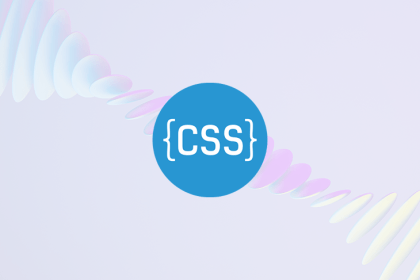
aspect-ratio propertyAt first glance, aspect-ratio may just look like an alternate spelling for the old aspect-ratio hack but it’s much more than that.
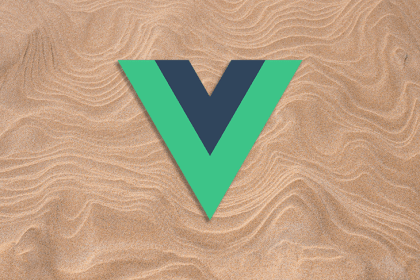
This introductory tutorial is designed to show you how Vue.js handles lazy loading at the route level of abstraction with the help of webpack code splitting

Learn how to implement Laravel Passport in your API with this tutorial and step-by-step example build.
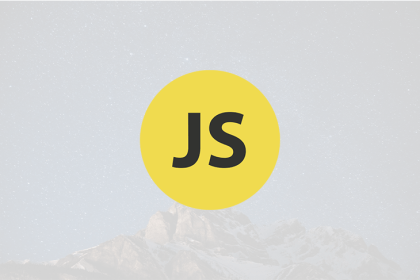
It’s time for the revolution that never happened.
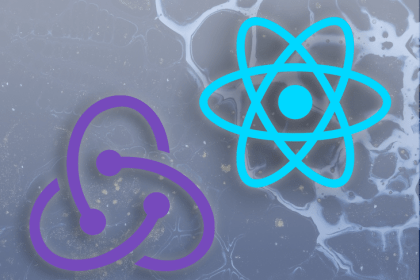
State management libraries exist to solve problems that arise in applications with many components. Use Redux to manage the complexity of your React Native app.
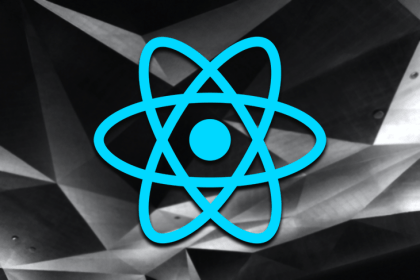
If you’re looking to implement responsive design, look no further than the react-responsive package found on NPM.
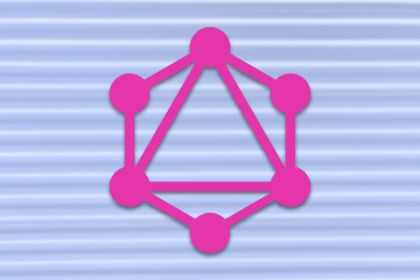
GraphQL’s lack of support for server-side caching is a well-known disadvantage. But there are indeed ways to use HTTP caching with GraphQL.

After a successful first version of Grommet, v2 has been released with a host of new changes. Learn exactly what Grommet v2 brings here.
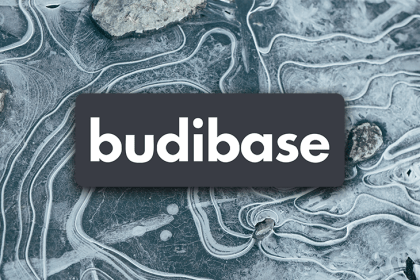
Budibase is a low-code, open-source platform for building web applications. You can use this quick guide to get started fast.

Discover why you might want to use an alternative to Electron, and how to install and use two lightweight options: Tauri and Neutralinojs.